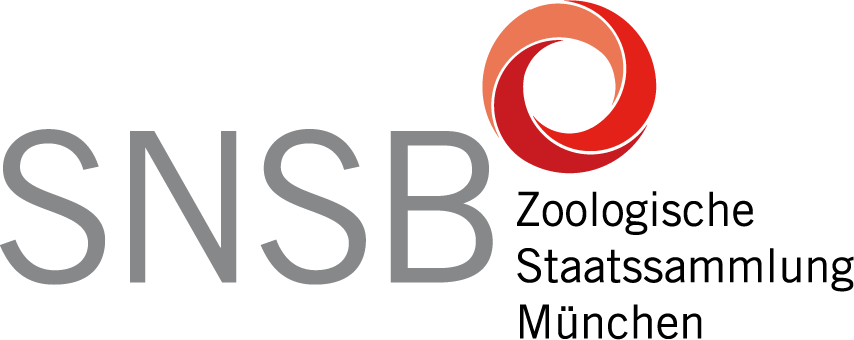Forschung
Sektion Hymenoptera
Forschung von Stefan Schmidt
Mein Hauptforschungsgebiet ist die Biosystematik der Hymenoptera mit Schwerpunkt auf der Auflösung schwieriger Artenkomplexe und die Ableitung von Phylogenien anhand morphologischer und molekularen Daten.
In den letzten Jahren habe ich an mehreren groß angelegten DNA-Barcoding-Initiativen mitgewirkt. Mein Anliegen besteht darin, molekulare Identifizierungsinstrumente, insbesondere DNA-Barcoding, als De-facto-Standard der heutigen Taxonomie und Biodiversitätsforschung zu etablieren. Seit Beginn der Projekte gelang es unserem Team, Barcode-Sequenzen für fast 4.000 Hymenopterenarten zu generieren. Die ZSM ist, mit über 50.000 Belegexemplaren, unter den naturkundlichen Museen die größte Lieferant von Barcoding-Belegen, die derzeit in der Barcode of Life Database (BOLD) enthalten sind.
Abgeschlossene Projekte
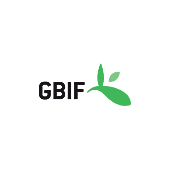
ChalcIS-D: Chalcidoidea Informations-System für Deutschland
Das Projekt ChalcIS-D dient der Verfügbarmachung taxonomischer und nomenklatorischer Informationen über in Deutschland vorkommende Erzwespen. Die Checkliste umfasst 1889 Arten der Überfamilie Chalcidoidea (Insecta, Hymenoptera), die bisher in Deutschland nachgewiesen wurden, wobei alle Nachweise auf publizierten Angaben beruhen. Checkliste Checkliste Update 2015 Die Checkliste der Erzwespen Deutschlands (einschließlich Mymarommatidae) wurde aktualisiert und umfasst nun 1963 […]
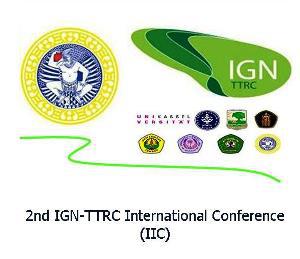
Indonesian-German Network for Teaching, Training, and Research Collaborations
IGN-TTRC is a consortium to improve teaching, training and research collaborations within Indonesia and between Indonesia and Germany, funded by the German Academic Exchange Service (DAAD). The objective of the program is to give an overview of the role of molecular biology methods in biodiversity research. Topics covered in the lectures include general entomology and molecular systematics, but […]

Phylogeny of the subfamily Coccophaginae (Hymenoptera, Aphelinidae)
Coccophaginae are minute parasitic wasps found world-wide. They primarily attack the sessile nymphs of Sternorrhyncha, including Aleyrodidae (whiteflies) and Diaspididae (armoured scale insects). The Coccophaginae are the largest subfamily of the Chalcidoidea family Aphelinidae with over 700 described species. Encarsia is the largest genus of Coccophaginae and of the family Aphelinidae, currently containing almost 400 […]
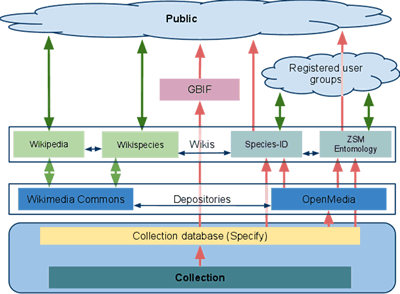
New approaches and techniques to establish a sustainable, integrative and globally accessible virtual insect collection
Natural history collections are archives of global species diversity. They harbour an amazing diversity of unique treasures and are the true foundation of our understanding and exploration of biodiversity. Making natural history collections efficiently available, providing easy access to information, and rapidly disseminating relevant information do form a core priority of modern-day collection management policies. […]

Drawer digitisation project
DScan – an innovative, high-performance digital scanning system for entomological collections Central aspect of our collection digitisation initiative is the drawer digitisation project. We are currently developing and testing a prototype of a drawer digitisation system that is developed in cooperation with engineers of the Technisches Büro München. The system is based on industrial grade […]
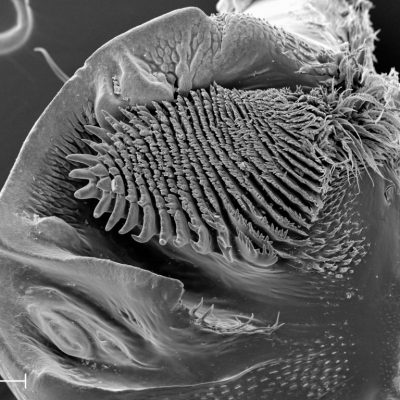
Mandibular „oil presses“ of Gondwanan pergid sawflies
Certain Australian sawflies have morphological adaptation that are unique among phytophagous insects. Modifications to the mandibles (mandibular „oil presses“) in the subfamily Perginae evidently allow them to deal with large amounts of essential oils in their host plants. This is a generalised mechanism for toxin elimination as opposed, for example, to the more usual enzymatic […]
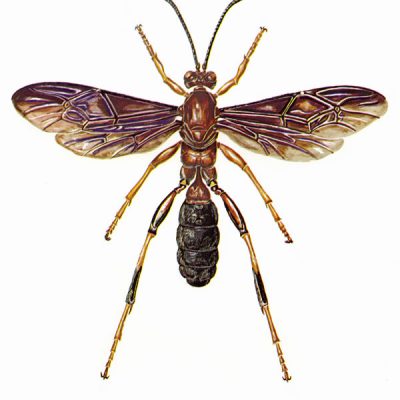
Types of ichneumonid taxa described by Gerd Heinrich
Gerd Herrmann Heinrich war einer der weltweit führenden Autoritäten für Ichneumoniden der Unterfamilie Ichneumoninae. Insgesamt hat er etwa 1.500 Arten und Unterarten der Familie Ichneumonidae (Schlupfwespen) beschrieben. Heinrich lebte und arbeitete in Deutschland, Polen und zuletzt in den Vereinigten Staaten von Amerika. Auf seinen Exkursionen, u.a. durch Persien, Sulawesi (Celebes), Burma und Afrika, sammelte er […]
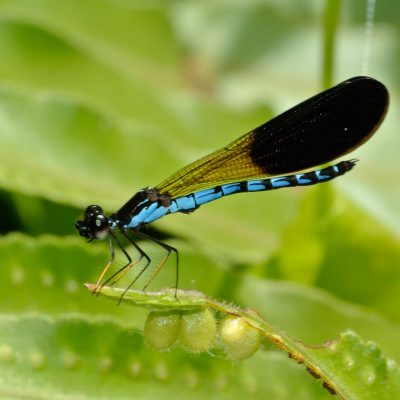
Indonesian Biodiversity Information System (IndoBioSys)
Indonesian Biodiversity Discovery and Information System Indobiosys is a German-Indonesian research project (2015-2018). The project is coordinated at the Museum für Naturkunde Berlin in collaboration with the Zoologische Staatssammlung München and the Research Center for Biology – LIPI in Cibinong, Indonesia. All institutions look back to a longstanding and fruitful research cooperation for more than 15 years.
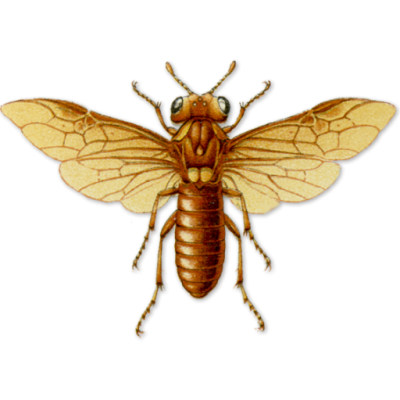
Adaptive Radiation of Gondwanan Pergid Sawflies (Hymenoptera, Pergidae)
Major evolutionary transitions and diversification of the eucalypt-feeding pergid sawflies in Australia The Pergidae are Gondwanan, with Australia and South America being the centres of diversity, and with no species in southern Africa. The majority of Australian pergid species is associated with host plants of the family Myrtaceae, which is typically Gondwanan in distribution. A […]
Forschungsprojekte von Olga Schmidt
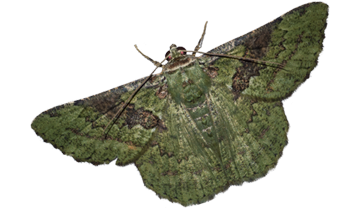
Systematics and taxonomy of the subfamily Larentiinae (Lepidoptera, Geometridae)
Morpho-functional analysis of the male terminalia in the larentiine moths (Lepidoptera, Geometridae) The characters of skeleton and musculature of the male genitalia have proven useful for the higher classification of Lepidoptera. The musculature of the male genitalia was reviewed for the tribe Xanthorhoini and related tribes (Lepidoptera, Geometridae, Larentiinae). The genitalia morphology of males of […]
Forschungsprojekte von Stefan Schmidt
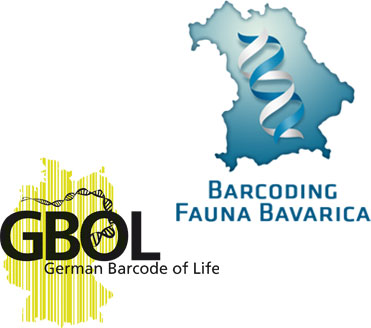
Hymenoptera Barcode of Life
Im Rahmen der Koordination des deutschlandweiten DNA-Barcoding der Hymenoptera wurden seit 2009 über 40.000 Hymenopteren bearbeitet und die Sektion Hymenoptera der ZSM gehört die ZSM weltweit zu den größten Projektpartnern und Proben lieferanten des international Barcode of Life-Projektes (iBOL). Mit dieser genetischen „Bibliothek des Lebens“ entsteht in dem Großprojekt an der Zoologischen Staatsammlung München eine innovative […]
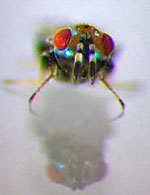
Checkliste der Chalcidoidea Deutschlands
Die Checkliste umfasst alle in Deutschland nachgewiesenen 1.963 Arten von Erzwespen (Chalcidoidea, einschließlich Mymarommatidae). Zu jeder Art werden die Synonyme und Zitate der Art in der Literatur aufgeführt. Die Liste basiert auf der Universal Chalcidoidea Database von John S.Noyes (The Natural History Museum, London, UK). Übersichtstabelle (Für Artenlisten auf Familiennamen klicken)
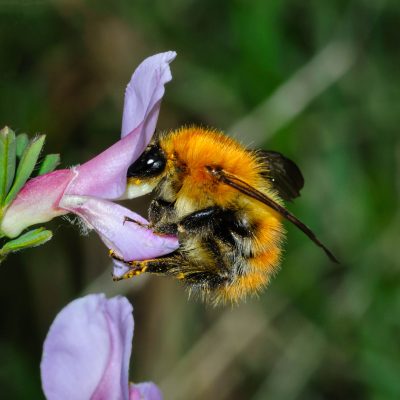
Hymenoptera-Bildergalerie
Die Hymenoptera-Bildergalerie (snsb-zsm.pictures) zeigt zuverlässig bestimmte Fotos von Bienen und Wespen aus der Ordnung der Hymenoptera oder Hautflügler. Die Website soll als Referenz zur Bestimmung von Hymenopteren dienen, denn die Anzahl von Fehlbestimmungen ist im Internet leider hoch. Die Website bietet die Möglichkeit, eigene Bestimmungen abzusichern und sich einen Überblick über die spannende Welt der […]
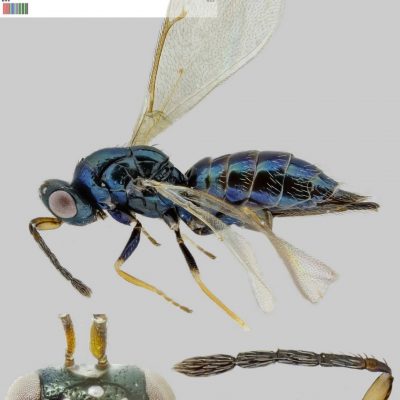
Taxonomy of the hyperdiverse Chalcidoidea
An integrative approach to resolve the taxonomy of Tetrastichinae (Hymenoptera: Eulophidae) The Tetrastichinae (Hymenoptera: Eulophidae) is one of the largest and least known groups of chalcid wasps (Chalcidoidea) and parasitic wasps in general. Identification of species and genera is often difficult. Tetrastichinae occur world-wide and species are often common in a wide range of different […]
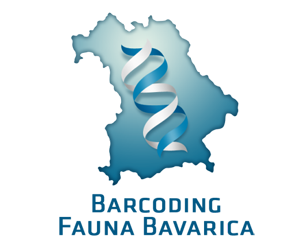
Barcoding Fauna Bavarica (BFB)
Im Barcoding Fauna Bavarica Projekt (BFB) soll eine DNA Bibliothek (COI 5′ Barcodes) für alle Tiere Bayerns in Kooperation mit dem Canadian Centre of DNA Barcoding (Dr. Paul Hebert) aufgebaut werden. Das im Jahr 2009 begonnene Projekt wurde ermöglicht durch finanzielle Unterstützung des Bayerischen Staatsministeriums für Wissenschaft, Forschung und Kunst. In nur 3 Jahren konnten bereits […]
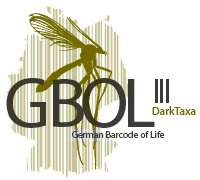
German Barcode of Life (GBOL)
Integrativ-taxonomische Erfassung megadiverser Insektentaxa durch DNA-Barcoding Die dritte Phase des Projekts „German Barcode of Life“ zielt ab auf die Entdeckung bisher unbekannter Arten, sogenannter “Dark Taxa”, in unserer heimischen Fauna. Dabei kommt ein integrativ-taxonomischer Ansatz auf Grundlage von DNA-Barcodes, d.h. genetischer Kennsequenzen (DNA-Barcodes) zum Einsatz. Zu den taxonomischen Zielgruppen gehören die Zweiflügler (Diptera) und parasitoide […]
